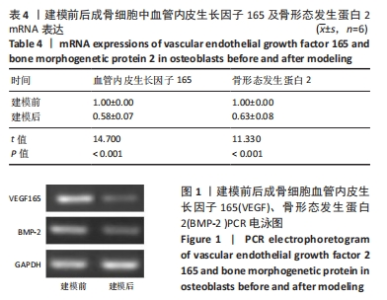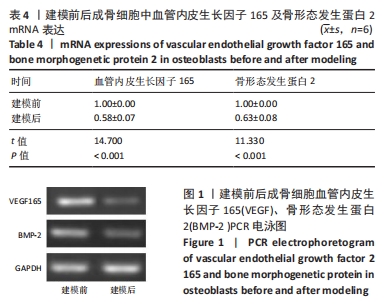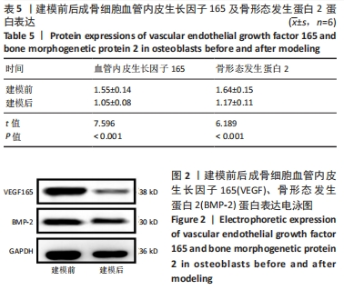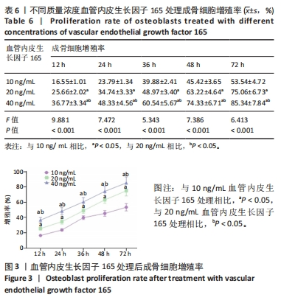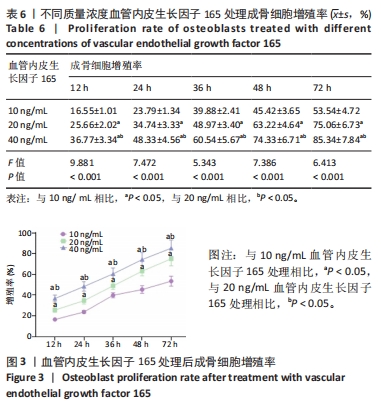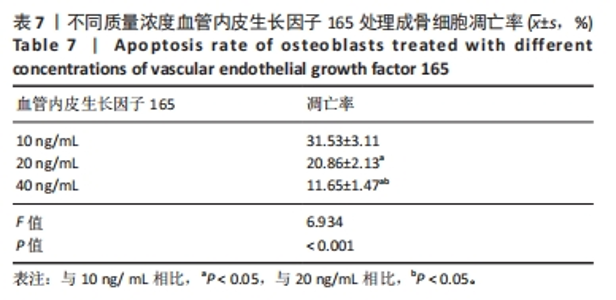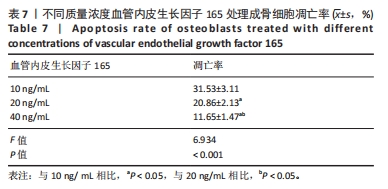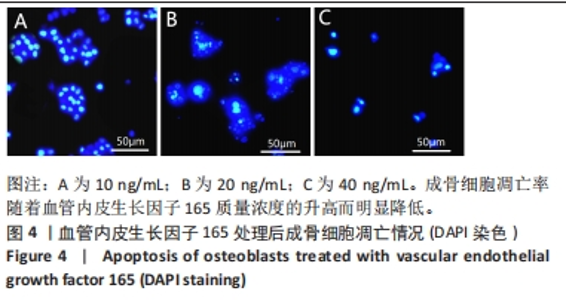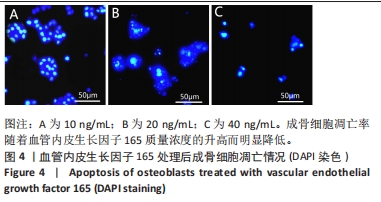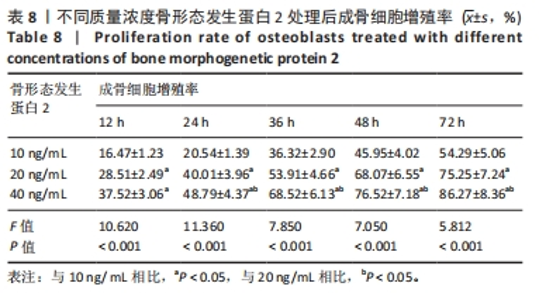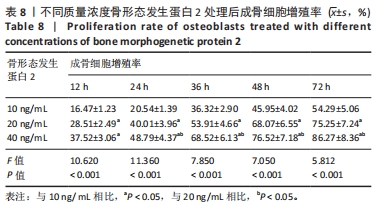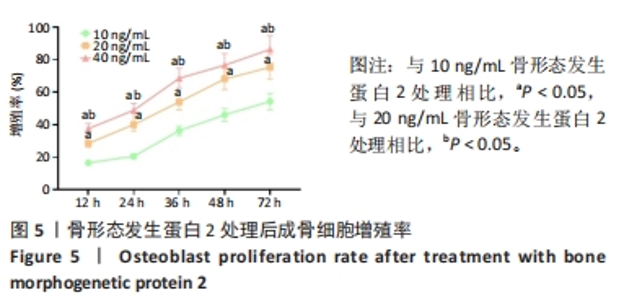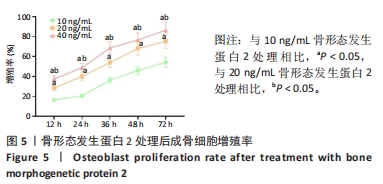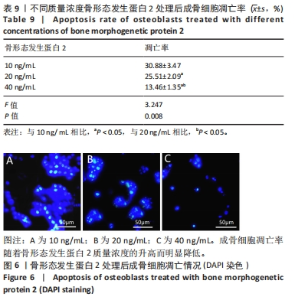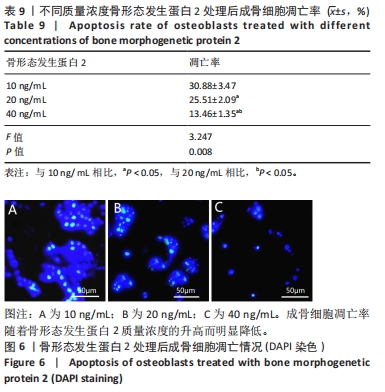[1] LI J, CHEN X, REN L, et al. Type H vessel/platelet-derived growth factor receptor β+ perivascular cell disintegration is involved in vascular injury and bone loss in radiation-induced bone damage. Cell Prolif. 2023;56(7):e13406.
[2] KHORSHIDPARAST S, AKHLAGHI P, ROUHI G, et al. Measurement of bone damage caused by quasi-static compressive loading-unloading to explore dental implants stability: Simultaneous use of in-vitro tests, μ-CT images, and digital volume correlation. J Mech Behav Biomed Mater. 2023;138:105566.
[3] XU TT, CHEN P, ZHANG CD, et al. Gut microbiome dysregulation drives bone damage in broiler tibial dyschondroplasia by disrupting glucose homeostasis. NPJ Biofilms Microbiomes. 2023;9(1):1.
[4] XU W, YANG Y, LI N, et al. Interaction between Mesenchymal Stem Cells and Immune Cells during Bone Injury Repair. Int J Mol Sci. 2023; 24(19):14484.
[5] PONZANO M, WIEST MJ, COLEMAN A, et al. The use of alkaline phosphatase as a bone turnover marker after spinal cord injury: A scoping review of human and animal studies. J Spinal Cord Med. 2023; 46(2):167-180.
[6] Li Y, Nie J, Wu Q, et al. Circ-Sirt1 promotes osteoblast differentiation by activating Sirt1 and Wnt/β-catenin pathway. Acta Biochim Pol. 2023; 70(1):51-57.
[7] ZHU YS, MO TT, JIANG C, et al. Osteonectin bidirectionally regulates osteoblast mineralization. J Orthop Surg Res. 2023;18(1):761.
[8] ZHENG C, LIU H, ZHAO P, et al. Targeting sulfation-dependent mechanoreciprocity between matrix and osteoblasts to mitigate bone loss. Sci Transl Med. 2023;15(710):eadg3983.
[9] LU W, ZHENG C, ZHANG H, et al. Hedgehog signaling regulates bone homeostasis through orchestrating osteoclast differentiation and osteoclast-osteoblast coupling. Cell Mol Life Sci. 2023;80(6):171.
[10] WILLCOCKSON H, OZKAN H, VALDÉS-FERNÁNDEZ J, et al. CC-Chemokine Receptor-2 Expression in Osteoblasts Contributes to Cartilage and Bone Damage during Post-Traumatic Osteoarthritis. Biomolecules. 2023;13(6):891.
[11] LIN Z, XIONG Y, SUN Y, et al. Circulating MiRNA-21-enriched extracellular vesicles promote bone remodeling in traumatic brain injury patients. Exp Mol Med. 2023;55(3):587-596.
[12] 王洪君,蔡波,赵星宇,等.VEGF165基因修饰脂肪干细胞对糖尿病大鼠骨缺损的修复研究[J].中国骨伤,2017,30(6):545-551.
[13] 赵怡心. 骨细胞BMP信号调控成骨分化作用与机制研究[D].重庆:重庆医科大学,2021.
[14] ANRAKU T. Anoxia/reoxygenation enhances spontaneous contractile activity via TRPA1 channel and COX2 activation in isolated rat whole bladder. Neurourol Urodyn. 2022;41(8):1692-1702.
[15] 马焰,高伟,孙月芬,等.碱性成纤维生长因子对大鼠骨骼肌细胞缺氧复氧损伤的影响[J].解放军医学杂志,2002,27(10):895-896.
[16] 方宇,董重阳,高斌礼,等.微小RNA-214靶向调控PTEN对成骨细胞MC3T3-E1增殖、分化、矿化的影响及机制研究[J].陕西医学杂志,2023,52(12):1619-1623+1630.
[17] 赵敏,孙红刚,蹇洁,等.过表达miR-664a-5p激活Wnt/β-catenin信号通路促进骨质疏松大鼠骨重建[J].中国骨质疏松杂志,2023, 29(9):1298-1304.
[18] 林维,李超艺,唐捷,等.高糖环境下成骨细胞PAD4表达和转录调控对成骨功能的影响[J].广西医科大学学报,2023,40(9):1487-1493.
[19] 谢圣男,康权,张遥,等.果糖-1,6-二磷酸酶1(FBP1)过表达对骨肉瘤细胞恶性逆转并向成骨分化的影响[J].中国细胞生物学学报, 2019,41(12):2273-2281.
[20] LI W, JIANG WS, SU YR, et al. PINK1/Parkin-mediated mitophagy inhibits osteoblast apoptosis induced by advanced oxidation protein products. Cell Death Dis. 2023;14(2):88.
[21] Yang Z, Zhang XW, Zhuo FF, et al. Allosteric Activation of Transglutaminase 2 via Inducing an “Open” Conformation for Osteoblast Differentiation. Adv Sci (Weinh). 2023;10(18):e2206533.
[22] Dede S, Taşpinar M, Yüksek V, et al. The Effects of Vitamin D Application on NaF-Induced Cytotoxicity in Osteoblast Cells (hFOB 1.19). Biol Trace Elem Res. 2023;201(2):698-705.
[23] Li Q, Zhang W, Deng J, et al. Ameliorative Effects of Extracellular Vesicles Derived from Mesenchymal Stem Cells on Apoptosis and Differentiation of Osteoblasts Treated with CoCl2.Cell Reprogram. 2023;25(3):99-108.
[24] 温洋,陈丽媛,沈师,等.VEGF165、BMP2双基因转染SD大鼠BMSCs的实验研究[J].重庆医学,2020,49(20):3331-3336.
[25] 张玲莉,周绪昌,吴伟.BMP-Smad信号通路在骨髓间充质干细胞分化中的作用[J].中华骨质疏松和骨矿盐疾病杂志,2019,12(6): 618-626.
[26] 周桢杰,李强,李诗鹏,等.慢病毒介导骨形态发生蛋白2和血管内皮生长因子165双基因转染促进骨髓间充质干细胞向成骨细胞分化[J].中国组织工程研究,2018,22(25):3950-3955.
[27] 肖飞,焦竞,黄玉成,等.人重组真核表达质粒pIRES-骨形态发生蛋白-血管内皮生长因子165的体外转染对兔骨髓间充质干细胞成骨分化的影响[J].中华实验外科杂志,2018,35(7):1292-1296.
[28] Li B, Zhou P, Yin J, et al. Mechanism of microRNA-1 regulating H9c2 cardiomyocyte apoptosis after hypoxia/reoxygenation. Zhonghua Wei Zhong Bing Ji Jiu Yi Xue. 2021;33(10):1232-1236.
[29] 杨森. 外源性NGF对兔下颌骨骨折合并局部神经损伤的愈合中BMP-9及VEGF表达的影响[D].遵义:遵义医科大学,2020.
[30] 王志浩. 联合应用负载BMP-2、VEGF和TGF-β的壳聚糖纳米水凝胶缓释系统诱导成骨效果及机制的研究[D].青岛:青岛大学,2020.
[31] 井文森,许珂,高青,等.3D打印对多孔BMP-2复合涂层钛合金试件BMP-2装载、释放及成骨细胞增殖、分化的影响[J].山东医药, 2023,63(4):33-37. |
